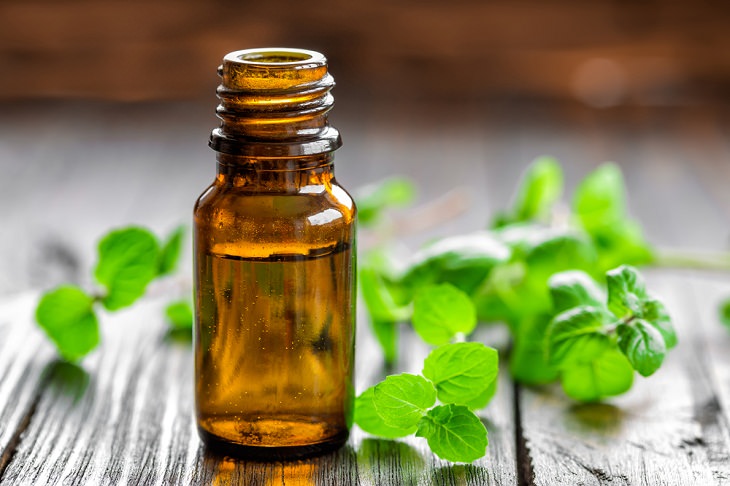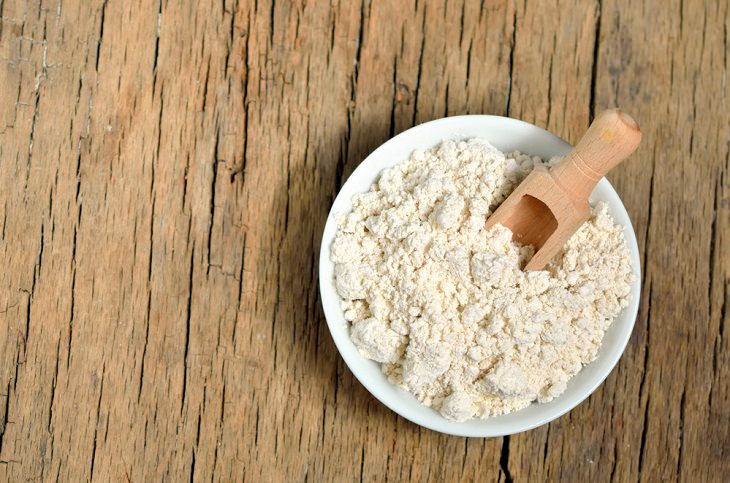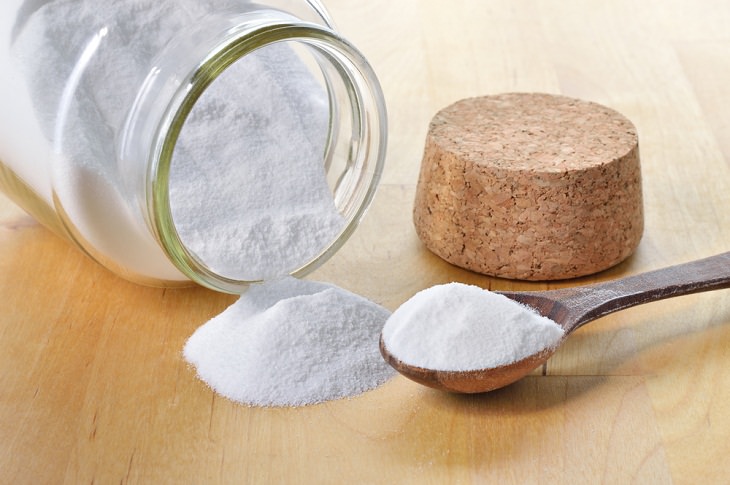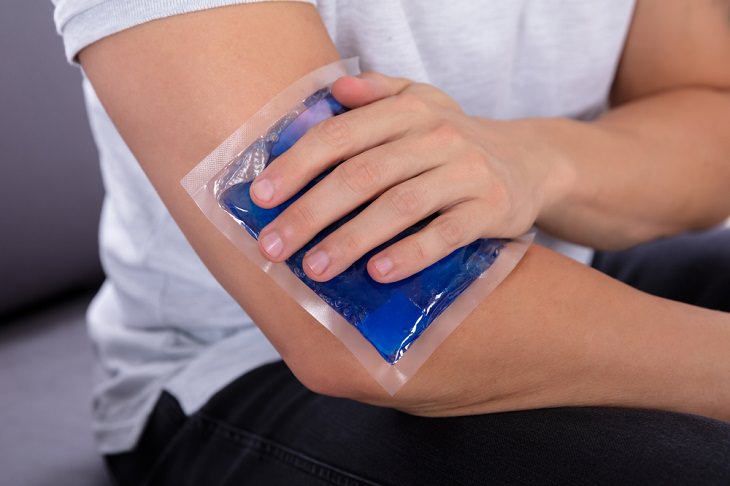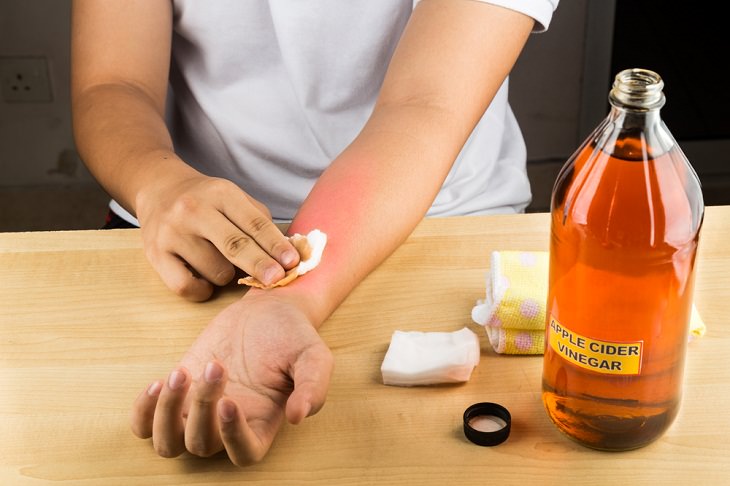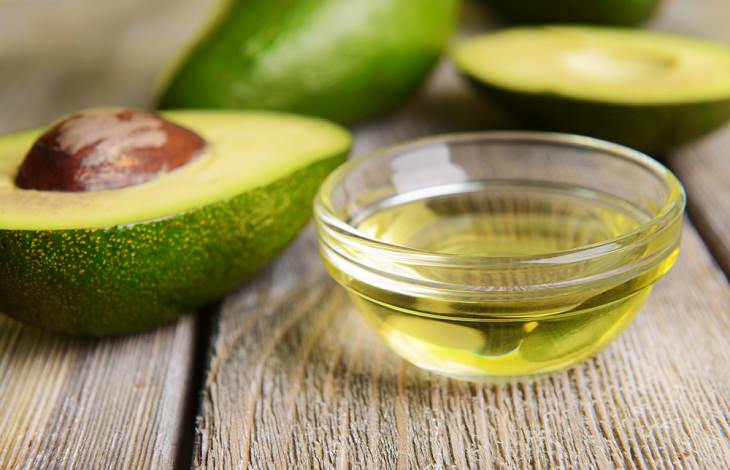The National Eczema Association states that people who regularly experience itchy skin may have difficulty sleeping and may become depressed or anxious.
However, for moderate or mild itching, you don’t always need to run to the drugstore to find an ideal treatment. There are several at-home remedies that can work wonders to calm itchy skin. Let’s take a look at a few effective ones that are sure to help.
1. Apply peppermint oil
Menthol, which is an essential oil found in plants of the mint family, is known as a counterirritant. It works by causing the skin to first feel cool and then warm. Your brain is then distracted from the feelings of ache or pain that the itching causes.
Peppermint oil, which contains menthol, is considered one of the best options for soothing itchy skin. Its cooling properties can help reduce itching caused by bug bites, poison ivy, and even hives. Moreover, this oil can also be used to ease itching related to diabetes, liver disease, and kidney disease. A 2016 study revealed that participants felt relief from itching when using peppermint oil coupled with petrolatum.
Experts recommend that essential oils like peppermint oil should ideally be diluted in a carrier oil before you apply them onto the skin.
2. Take an oatmeal bath
Colloidal oatmeal (also known as finely-ground oats) has anti-inflammatory and antioxidant properties that can help soothe itchy skin. Researchers have found that these oats contain chemicals called avenanthramides that fight inflammation and redness and can provide a soothing coating for the skin. In 2015, a study discovered that colloidal oatmeal lowered scaling, dryness, roughness, and the severity of itching in healthy females who exhibited bilateral mild to moderate itching.
Dermatologists recommend sprinkling some colloidal oatmeal, which is so finely ground that it dissolves easily, in bath water and having a bath with the resulting solution. Doing this for a few days in a row will soothe irritated or sunburned skin. If you're not too keen on an oatmeal bath, though, you can also get colloidal oatmeal creams and lotions that are widely available in stores.
3. Use baking soda
Baking soda has antifungal properties and research indicates that it can be used as an effective remedy for getting relief from different fungal infections. Baking soda can help tame the reddened skin and also lessens irritation and itching. According to dermatologists, baking soda reduces inflammation by neutralizing acids on the skin’s surface and hence balancing the pH level of the skin. It also acts as a natural antiseptic by getting rid of bacteria on the skin.
The National Eczema Association recommends adding one-quarter of a cup of baking soda to a warm bath and soaking for 10-15 minutes. Then, towel-dry your skin softly and moisturize afterward. You can also mix it with warm water to make a paste and apply it to the itchy area.
4. Ice the itch
One trusted way to relieve prickly skin is to opt for a cold compress. According to the American Academy of Dermatology, applying a cold, wet cloth or ice pack to the affected area for about 5-10 minutes can be really beneficial. If the redness and itching are a little severe, then aim for 10-15 minute sessions until you get some relief.
Cooling helps alleviate inflammation that may be the main reason for your itchy skin. Icing is also a great short-term solution for annoying bug bites. Simply press an ice cube on the troublesome area for a few minutes and it should feel better.
5. Use apple cider vinegar
Apple cider vinegar is known to provide relief from a rash because of its antiseptic, anti-fungal, and anti-bacterial qualities. It also contains acetic acid which has been commonly used in medicine for more than 6,000 years for the disinfection of wounds and as an antiseptic agent.
According to the National Psoriasis Foundation, apple cider vinegar may come in quite handy to get alleviation from an itchy scalp. Furthermore, the National Eczema Association has also observed that the liquid may be useful for people with eczema by restoring their skin’s natural pH level. Hence, it’s a great idea to give it a try.
For best results, you can apply raw, organic, unfiltered apple cider vinegar on the affected area with a cotton ball or washcloth. Alternatively, you can add 2 to 3 cups of vinegar to lukewarm water, soak it for 15-20 minutes, and have a nice bath which should provide some comfort against the itching.
Please note, however, that this remedy is not advisable for people with cracked and bleeding skin as vinegar can cause a burning sensation on open wounds.
6. Try coconut oil
Coconut oil contains essential fatty acids (EFAs) that can help your skin remain hydrated and protected. It is gentle on the skin and can be used as a natural moisturizer on a prickly area.
Coconut oil is rich in lauric acid, which helps decrease the presence of viruses, bacteria, and fungi on the skin. This oil will definitely help soothe the skin and reduce irritation and itching while lowering the risk of infection as you will scratch less. Just slather it on the itchy areas and leave it overnight. Doing so is likely to provide some amount of instant relief.
7. Use avocado oil
Avocado oil is great for skin or skin conditions that cause itching and inflammation. It is anti-inflammatory and works as an ointment to soften the skin and catch moisture, thus soothing the itchiness.
This oil is full of several minerals and nutrients like healthy fats and proteins including sterolin, which helps soften and moisturize skin. It also contains vitamins such as potassium and lecithin that the skin needs to thrive. All this makes avocado oil superb for itchy skin. It works well as a natural moisturizer as it is absorbed deeply by the layers of the skin.
Use it in a similar fashion to coconut oil – just spread it nicely on the troublesome area for a few hours for best results.
Share this useful article with your friends and family...


